Attic Mold Part II
lostinit
13 years ago
Related Stories
LOFTSHouzz Tour: A Bachelor Pad’s Part II
A designer has a hand in two phases of this movie director’s life and his loft in a landmark Art Deco building in L.A.
Full Story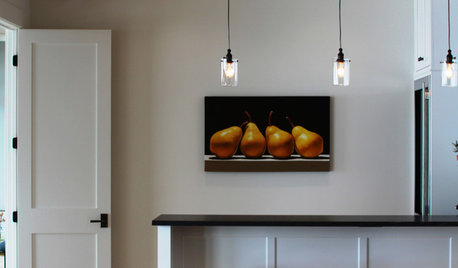
DOORSKnow Your House: Interior Door Parts and Styles
Learn all the possibilities for your doors, and you may never default to the standard six-panel again
Full Story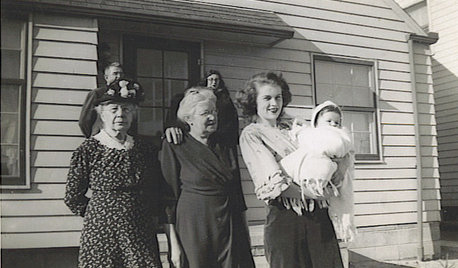
LIFETime Travel to Houzzers' Childhood Homes, Part 1
Peek into home design's past and share the memories of Houzz community members with these personal photos and stories
Full Story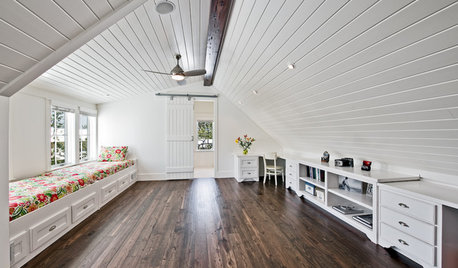
DECORATING GUIDESAttic Bedrooms Rise and Shine
Converting an attic to a bedroom adds instant allure, romance and design cache. Oh, and lots of extra space
Full Story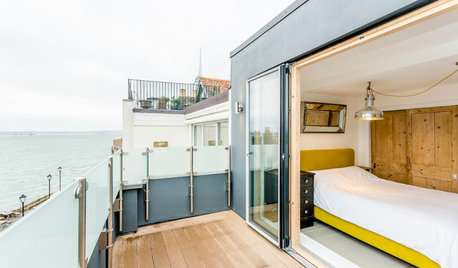
ATTICSRoom of the Day: A Bright Attic Conversion
Transforming the attic in this 17th-century house gained its owners a whole new outlook and the chance to switch decor styles
Full Story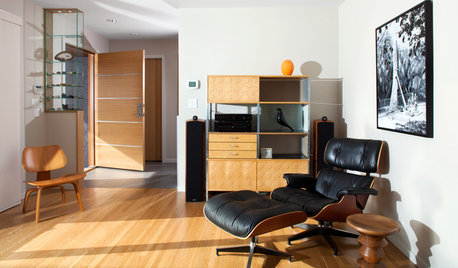
DECORATING STYLESFinding the 'Wabi-Sabi' in Midcentury Modern Design
Part 2 of our wabi-sabi series: in which Knoll, the Eameses and more celebrate streamlined forms around the home
Full Story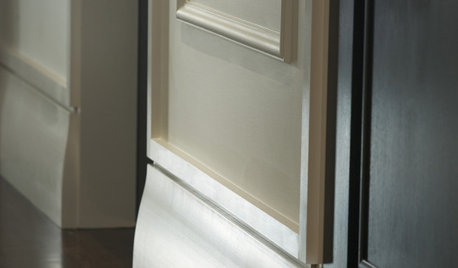
TRIMInterior Trim: 8 Must-Know Elements
Softening transitions and creating a finished look, interior trim for walls, windows and doors comes in many more options than you may know
Full Story
ARCHITECTURERoots of Style: Do You Live in a Minimalist Traditional House?
Cottages, bungalows, farmhouses ... whatever you call them, houses in this style share several characteristics. See how many your house has
Full Story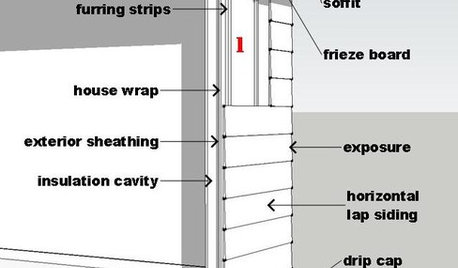
THE ART OF ARCHITECTUREArchitect's Toolbox: Rain Screens Up House Health
To thwart unwanted moisture and poor air quality in your home, think rain screens and drainage planes
Full Story
HEALTHY HOMEGet Cleaner Indoor Air Without Opening a Window
Mechanical ventilation can actually be better for your home than the natural kind. Find out the whys and hows here
Full Story





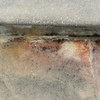
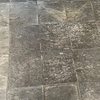
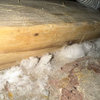
pris
lostinitOriginal Author
Related Professionals
Coronado General Contractors · Hamilton Square General Contractors · Hutchinson General Contractors · Jeffersonville General Contractors · Lighthouse Point General Contractors · Millville General Contractors · Point Pleasant General Contractors · Poquoson General Contractors · Spanaway General Contractors · Van Buren General Contractors · Grover Beach Home Builders · Miami Home Builders · Somersworth Home Builders · West Whittier-Los Nietos Home Builders · Royal Palm Beach Home Buildersaidan_m
lostinitOriginal Author
lostinitOriginal Author